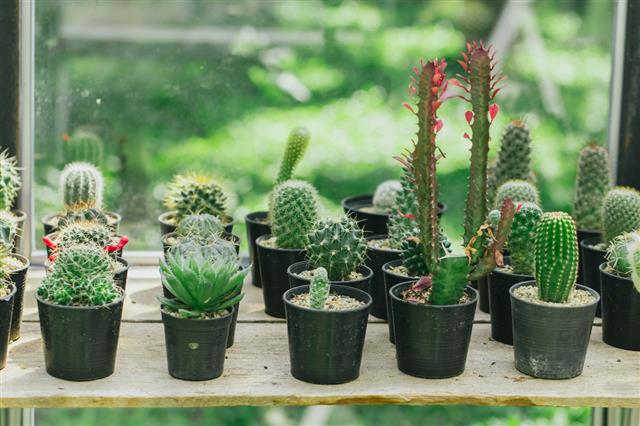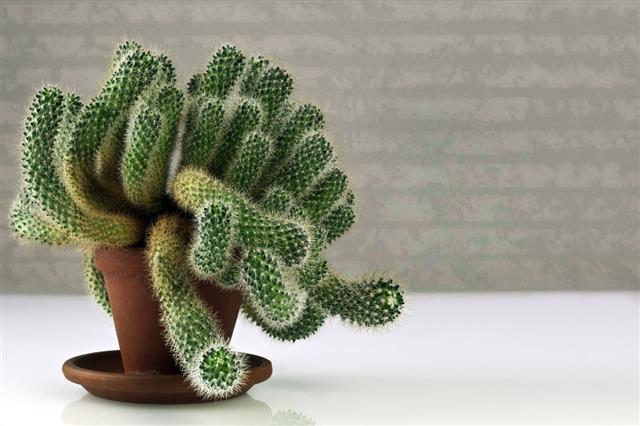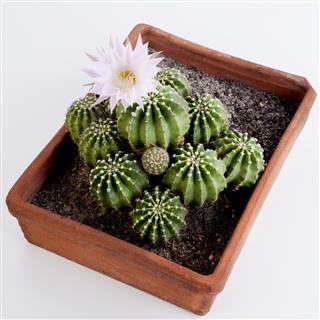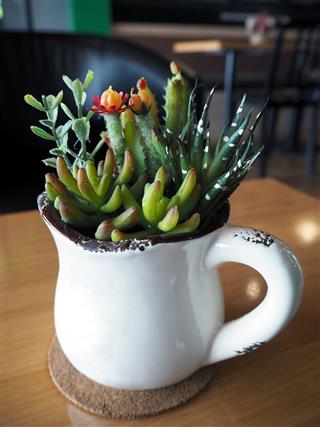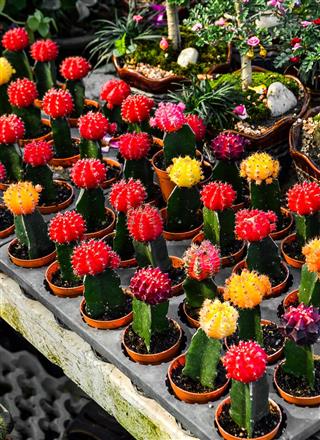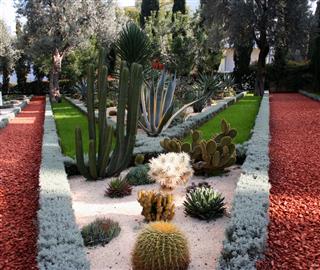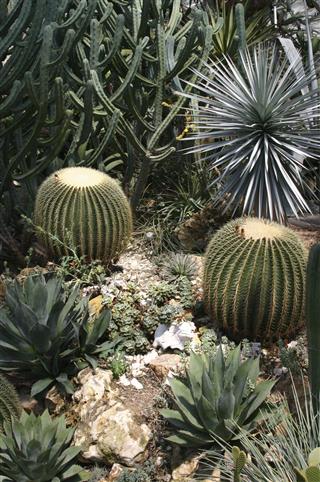
Cactus plants have some unique, distinctive qualities which help them survive in the extreme hot and dry weather conditions. However, this is not the only fascinating thing about these plants. To know more interesting facts about them, read on…
Cactus is a very popular plant. This is because, it is quite unusual in terms of its adaptation qualities and its appearance. It is adapted to grow in hot and tropical climates and desert areas, where there is very less rainfall. Its anatomical and physiological features help it to conserve water and survive in really harsh environmental conditions. Even if it is found in forests and deserts, it looks so attractive that you can keep it in your house as a decorative plant. You can grow it outdoors in your garden; or keep it indoors in a container.
Interesting Facts about the Cactus Plant
Cactus belongs to the family Cactaceae . It has more than 2000 varieties which are found in different colors, shapes, and forms. Some unique features of the cactus plant are as follows.
The cactus is known as a succulent, as its organs: the stems, roots, and leaves; store water for the plant so that it can survive in the drought period. This is possible because the spongy tissues of its thick, fleshy green stems can hold water during the rainy season. Then, it forces the water down into the roots and does not let it come to the surface. It performs the function of the leaves and performs the photosynthesis process. The stem is also coated with a waxy substance that can prevent evaporation of water.
When we think of a cactus plant, the first thing that comes to our mind is its spines, which are nothing but its leaves. The leaves grow from these specialized structures called the areoles. The size of the spines can vary from species to species and they can be as long as 15 cm. As the leaves are small, they prevent loss of water through transpiration. Some cactus spines are light in color which help them to reflect maximum sunlight and keep the plant cool. Another function of the spines is to protect the plant from birds and animals. They actually eat cactus only for water.
These plants have an extensively complicated root system which enables them to absorb water from the soil. Strangely, even small-sized cactus plants have big roots. These roots are not very deep and may not extend beyond 10 cm below the surface of the ground. However, they often spread to wide areas covering almost 2 meters in diameter. The function of the roots is to anchor the plant well, and obtain maximum underground water and minerals.

Cactus flowers are big in size; and are found in a variety of colors like red, yellow, pink, etc. Some of the cactus flowers can bloom for many days, while others may die within a day. Many of these flowers bloom only during the nighttime and some of them require daylight. The nocturnal blooming species of this plant, is primarily pollinated by bats and other nocturnal insects and animals.
The lifespan of a cactus plant can vary from 25 years to 300 years. A unique characteristic is that it has periods of blossom and rest. During the growing phase, the cactus requires direct sunlight, high temperature, humidity, proper watering for rapid growth. While in the resting phase, it should be kept in a place with low temperature and humidity; and the watering must be done once a week.
The tallest cactus plant is Pachycereus pringlei with a height of about 20 m (66 ft); and the shortest is Blossfeldia liliputana with a height of just a few centimeters. Some cactus plants are perfectly round in shape and look like a barrel; while others are flat or oval, and look similar to the ears. Other unique shapes are that of chandeliers, curled snakes, starfish, or wrinkled human face.
One of the most impressive feature of cactus is that this plant serves as a natural water reservoir. The liquid stored in it is not clear like water, but looks like a thick viscous substance. This liquid is absolutely safe for human consumption. It can be obtained for drinking by scratching or making a hole in the columnar cactus. This fluid has saved several lives in the desert regions.
These facts are fascinating indeed, don’t you think? If you wish to keep them as houseplants, then you do not have to invest much time and effort for its care. It has to be planted in a mixture of soil and sand and not just in sand. It should be kept in a location where it gets enough sunlight exposure. Water it regularly, but over watering should be strictly avoided.
